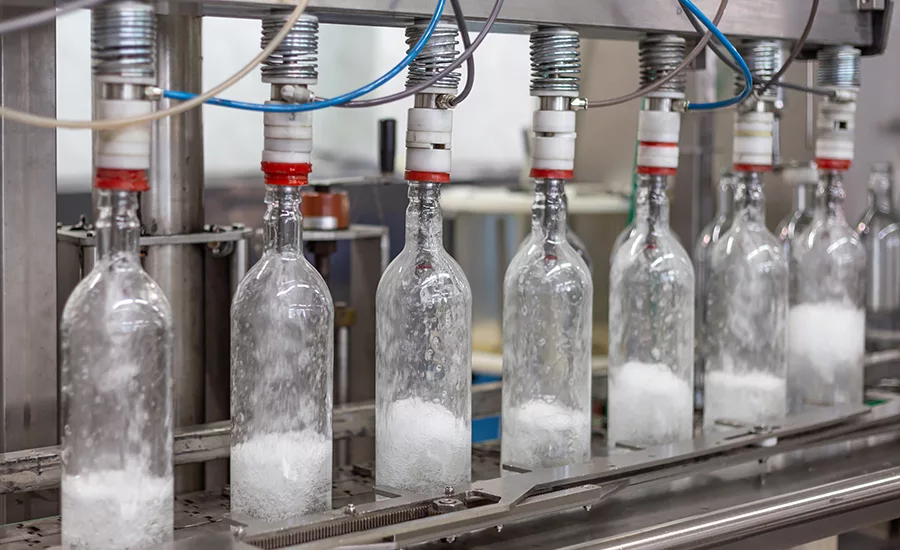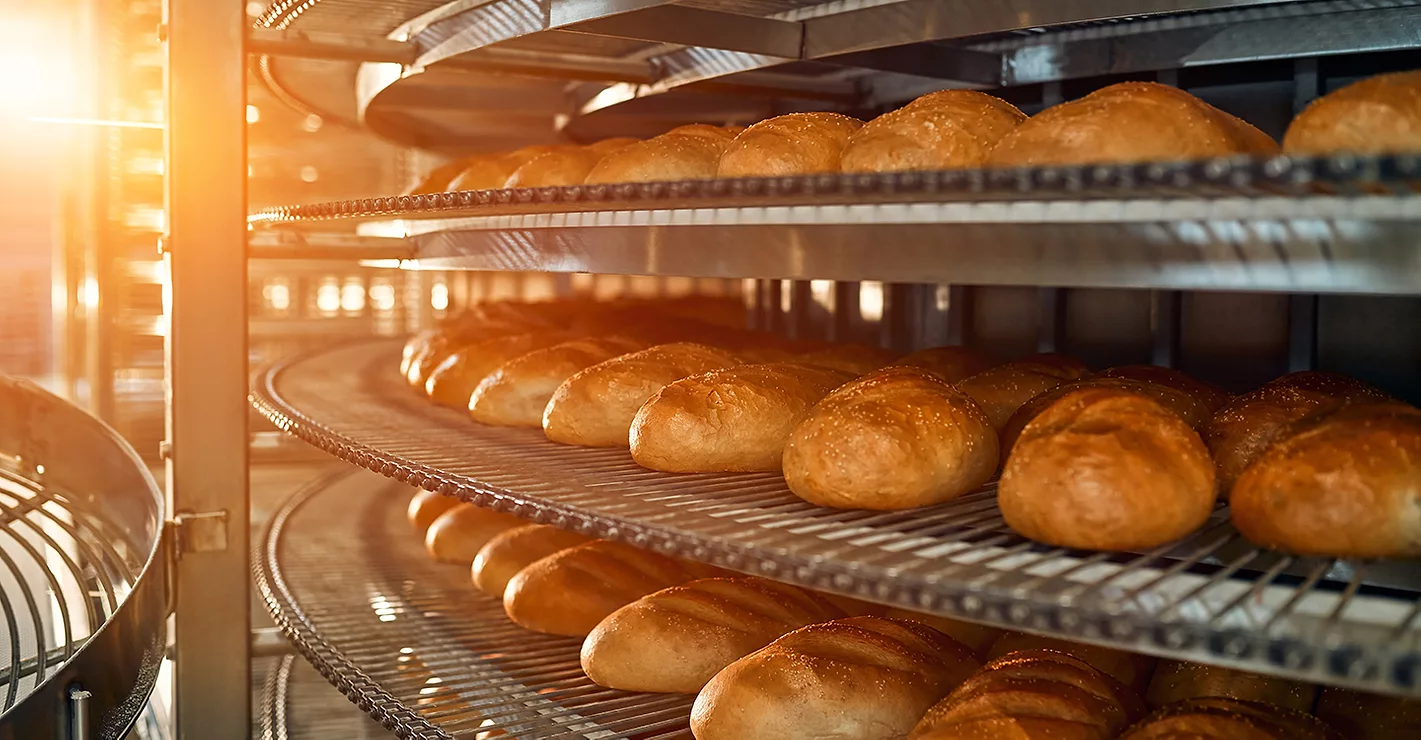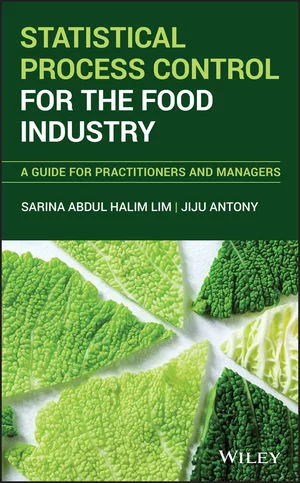USDA provides food safety tips for severe weather

With blizzard conditions sweeping into the Northeast US this weekend, consumers are busy clearing out store shelves and stocking up for what could be a few days stuck at home. But as the severe weather can often bring power outages that can last for days or even weeks, USDA’s Food Safety and Inspection Service (FSIS) is issuing food safety recommendations for all of the Mid-Atlantic and Northeast to ensure consumers are doing their best to remain healthy during this intense storm.
The National Weather Service has announced a storm system off the East Coast that continues to strengthen as it develops today through Sunday. As the storm moves up the coast, it is expected to bring snowfall of 2 feet or more in some areas through early Sunday. Strong, gusty winds will combine with the snow to create blizzard conditions along and near the coast. Winter storm warnings are in effect for the Baltimore and Washington DC metro areas as well as for portions of the Ohio valley and the southern Appalachians.
FSIS recommends that consumers take the following steps to reduce food waste and the risk of foodborne illness during severe weather events.
Steps to follow in advance of losing power:
-Keep appliance thermometers in both the refrigerator and the freezer to ensure temperatures remain food safe during a power outage. Safe temperatures are 40°F or lower in the refrigerator, 0°F or lower in the freezer.
-Freeze water in one-quart plastic storage bags or small containers prior to a storm. These containers are small enough to fit around the food in the refrigerator and freezer to help keep food cold. Remember, water expands when it freezes so don’t overfill the containers.
-Freeze refrigerated items, such as leftovers, milk and fresh meat and poultry that you may not need immediately—this helps keep them at a safe temperature longer.
-Know where you can get dry ice or block ice.
-Have coolers on hand to keep refrigerator food cold if the power will be out for more than four hours.
-Group foods together in the freezer—this ‘igloo’ effect helps the food stay cold longer.
-Keep a few days’ worth of ready-to-eat foods that do not require cooking or cooling.
Steps to follow if the power goes out:
-Keep the refrigerator and freezer doors closed as much as possible. A refrigerator will keep food cold for about four hours if the door is kept closed. A full freezer will hold its temperature for about 48 hours (24 hours if half-full).
-Place meat and poultry to one side of the freezer or on a tray to prevent cross contamination of thawing juices.
-Use dry or block ice to keep the refrigerator as cold as possible during an extended power outage. Fifty pounds of dry ice should keep a fully-stocked 18-cubic-feet freezer cold for two days.
-Avoid putting food outside in ice or snow, because it attracts wild animals or could thaw when the sun comes out.
Steps to follow after a weather emergency:
-Check the temperature inside of your refrigerator and freezer. Discard any perishable food (such as meat, poultry, seafood, eggs or leftovers) that has been above 40°F for two hours or more.
-Check each item separately. Throw out any food that has an unusual odor, color or texture or feels warm to the touch.
-Check frozen food for ice crystals. The food in your freezer that partially or completely thawed may be safely refrozen if it still contains ice crystals or is 40°F or below.
-Never taste a food to decide if it’s safe.
-When in doubt, throw it out.
FSIS will provide relevant food safety information as the storm progresses from its Twitter feed @USDAFoodSafety and on Facebook at Facebook.com/FoodSafety.gov.
Looking for a reprint of this article?
From high-res PDFs to custom plaques, order your copy today!





